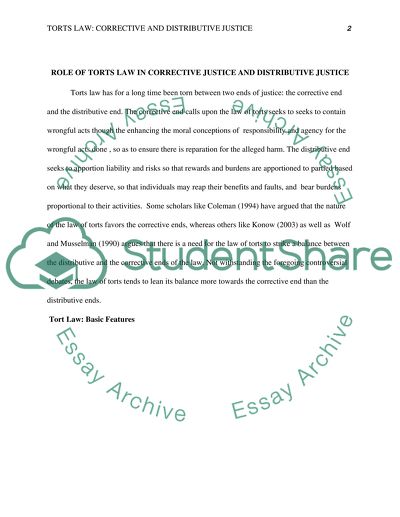Cite this document
(“'Tort Law gives unjustified preference to corrective justice over Essay”, n.d.)
Retrieved from https://studentshare.org/environmental-studies/1418351--tort-law-gives-unjustified-preference-to
Retrieved from https://studentshare.org/environmental-studies/1418351--tort-law-gives-unjustified-preference-to
('Tort Law Gives Unjustified Preference to Corrective Justice over Essay)
https://studentshare.org/environmental-studies/1418351--tort-law-gives-unjustified-preference-to.
https://studentshare.org/environmental-studies/1418351--tort-law-gives-unjustified-preference-to.
“'Tort Law Gives Unjustified Preference to Corrective Justice over Essay”, n.d. https://studentshare.org/environmental-studies/1418351--tort-law-gives-unjustified-preference-to.


